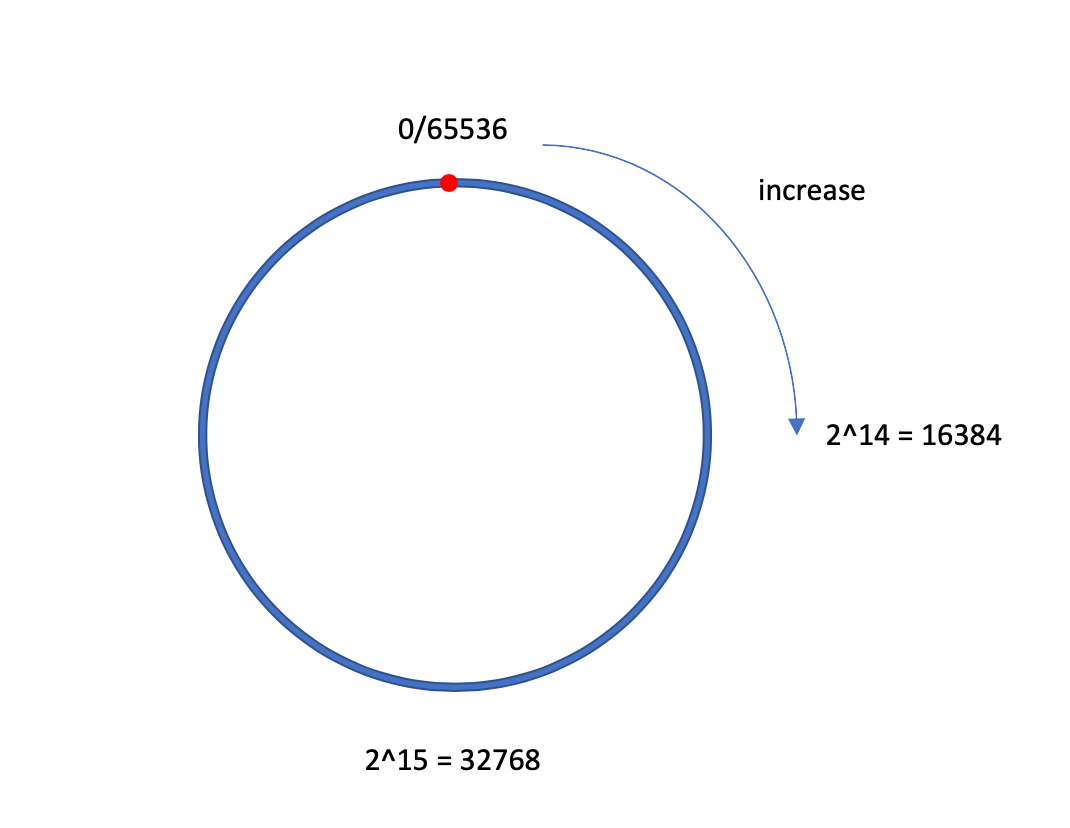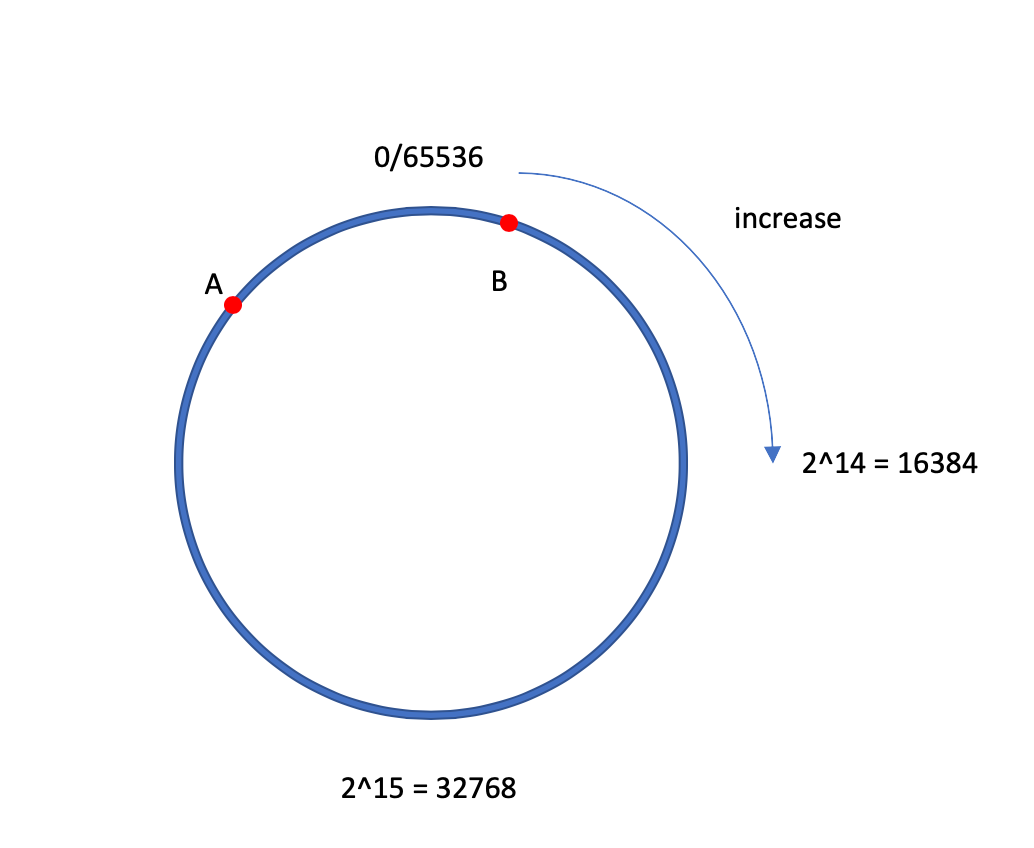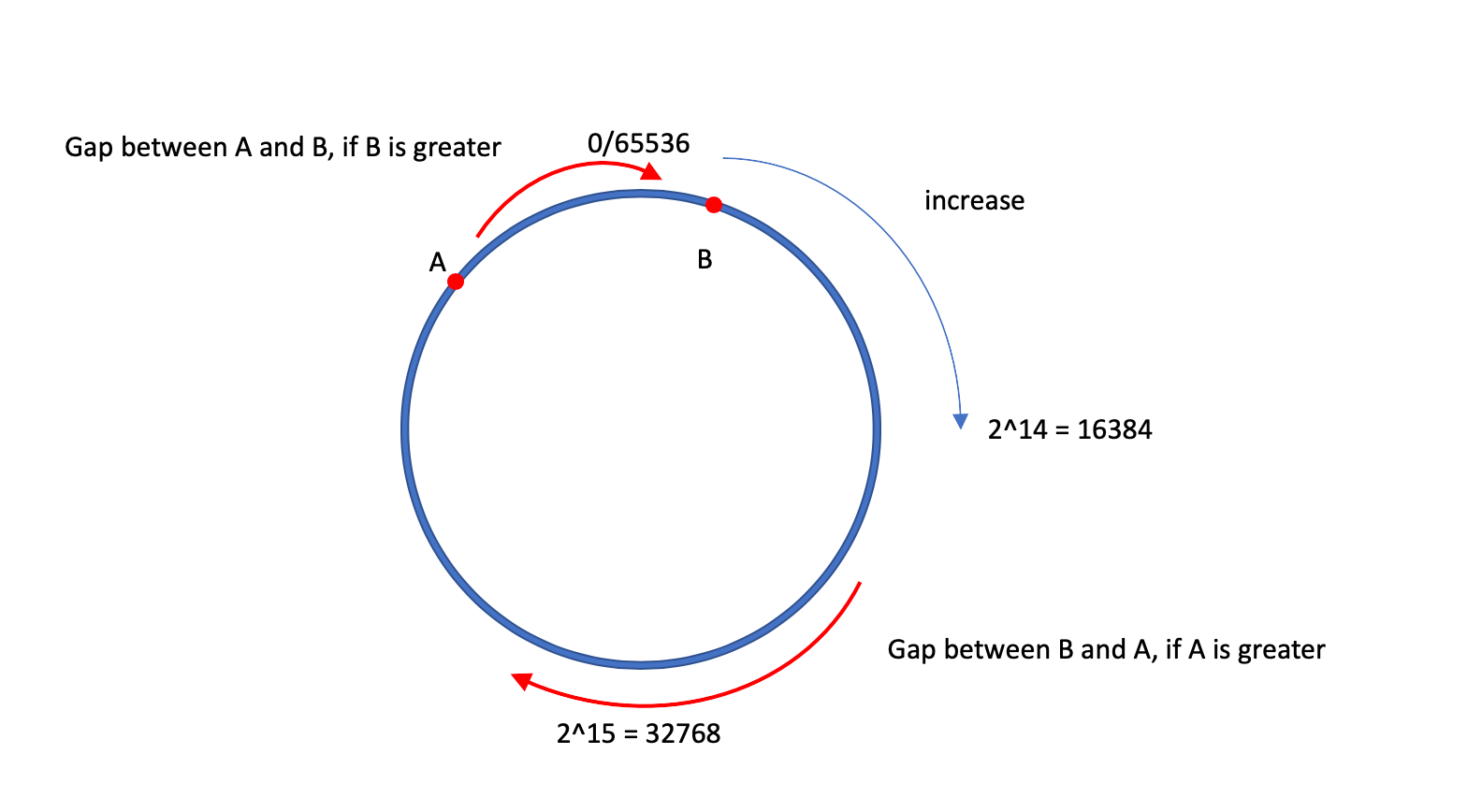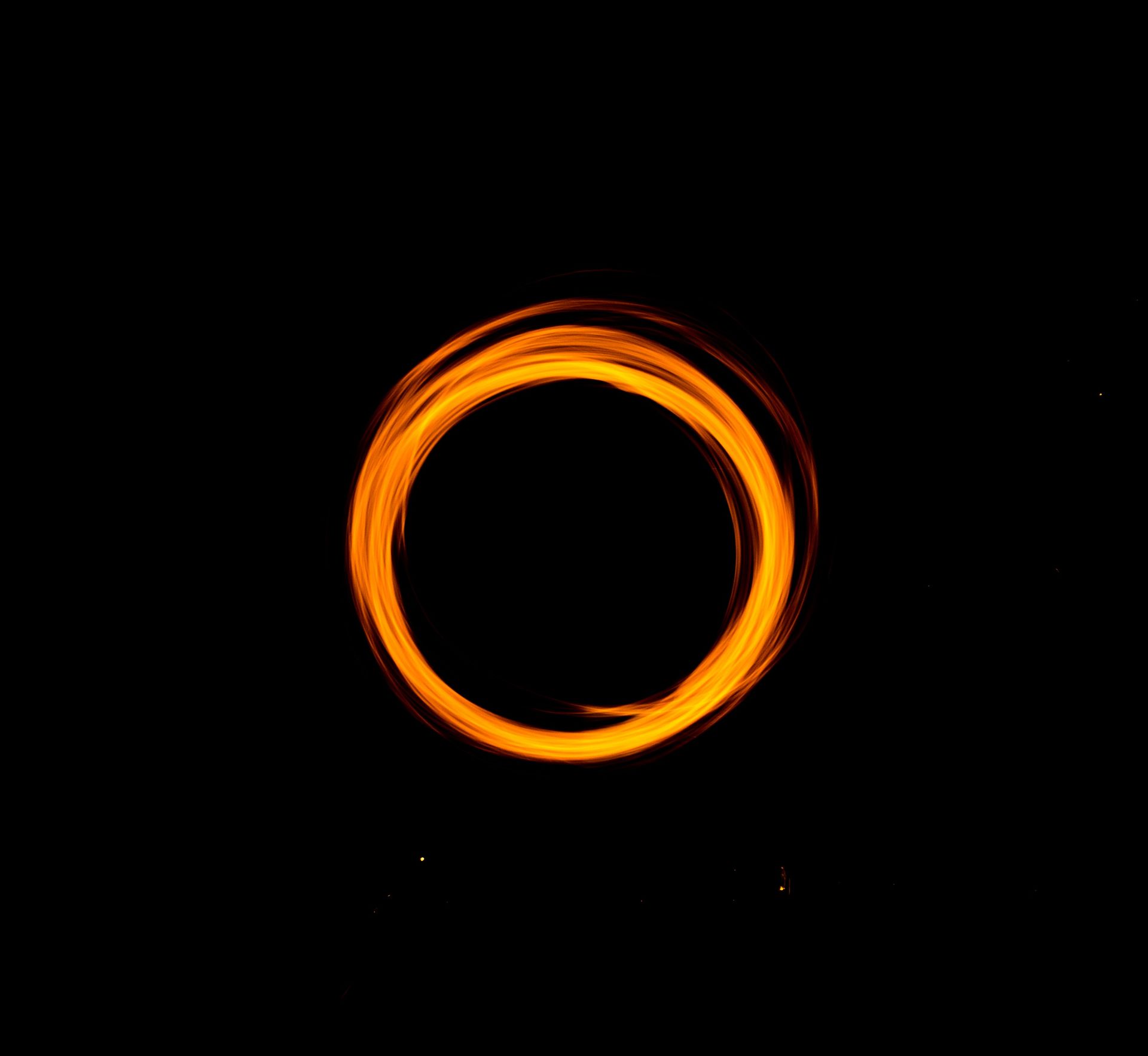Why use small versions
Almost all stateful services (data store, cache, etc.) have versions stored along with each piece of data. The version can be in the form of a timestamp, version (a.k.a logical clock), or even better -- Hybrid Logical Clock.
If it's a data store, HLC is almost always better than timestamp or version. Because HCL is strictly more powerful than either timestamp or version and data stores are usually OK with sparing a few extra bytes to store it.
But there are legitimate cases that one might prefer versions. E.g. you might want to store a small version (2 bytes) in cache instead of HLC. Because a cache service is most likely memory-bound and spending a few extra bytes for every piece of data in cache can be very expensive. Especially if you are mostly caching small data.
Small Version Comparison
It's not straightforward
Let's say we want to only use two bytes (16 bits) for each version field. With 16 bits, it can only represent numbers up to 65535. What happens if you bump the version more than 65535 times? It overflows or wraps around. It goes from 65535 back to 0 again. In normal sense, 0 is less than 65535. But it shouldn't be the case here. Version is used for ordering events, the even which bumped the version from 65535 to 0, happened after the event at version 65535. So, you want 0 to be greater than 65535. You want 0 > 65535 to return true.
If a stateful service considers version 0 is less than version 65535, either it is already broken and people just don't realize it, or it will break in the future.
Circle instead of axis
The versions instead of increasing on an axis, they go around on a circle.

Comparing two versions on an axis is simple. The one on the right is the greater one. How do we compare two versions on a circle? We can't.
Let's consider the following example. Which one is greater? A or B?

If we consider A is greater, which means it happened after B, the gap between A and B is bigger. If considering B greater than A, the gap is smaller.

We cannot compare A and B without making assumptions. But if we assume that we are only comparing events that happened close to each other, we know B should be greater than A. This is a reasonable assumption to make as versions are often only used to order recent events during a racing window. It's unlikely that more than 2^15 events happened in a small racing window.
How to compute it
We are effectively comparing the distance from B to A and the distance from A to B. Because it's a circle, if B to A distance is more than 2^15, B must happen after A hence greater.
B > A iff B + D == A, where D >= 2^15
B + D == A iff A - B >= 2^15
A - B >=2^15 iff int16_t(A - B) < 0
So, at the very end, in C++, version_cmp(A, B) can be written as int16_t(A - B) > 0 -- an elegant one liner.
This is how small version comparison works.
